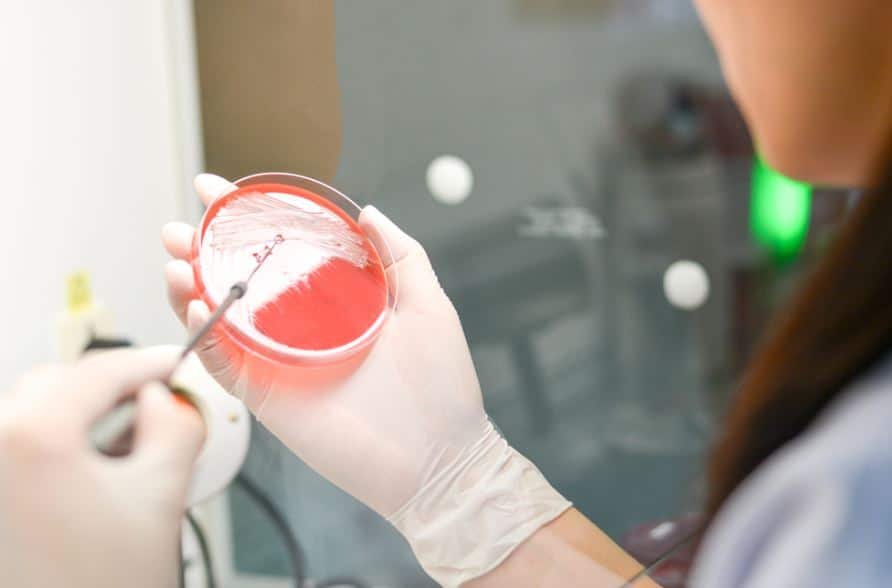Health
Steps to Take When Exposed to Bloodborne Pathogens

The Centers for Disease Control and Prevention (CDC) revealed that around 5.6 million employees in the health care industry and other related businesses are at risk of being exposed to bloodborne pathogens.
Bloodborne pathogens (BBPs) are organisms transmitted from one living thing to another through blood, semen, vaginal secretions, amniotic fluids, and other potentially infectious materials (OPIM).
There’s a long list of bloodborne pathogens, but the most commonly known ones are the human immunodeficiency virus (HIV), hepatitis B virus (HBV), and hepatitis C virus (HCV). Malaria, syphilis, and hepatitis A are also BBPs.
Many healthcare personnel and employees of businesses in the health sector are vulnerable to BBPs. The CDC and the Occupational Safety and Health Administration (OSHA) instituted steps to safeguard the well-being of health personnel.
[lwptoc]
What Groups are at Risk?
People working in the healthcare sector are at risk of catching bloodborne pathogens. Doctors, nurses, and lab technicians often get exposed to viruses. They can become infected with BBPs through needle sticks and contact with blood and body fluids.
You can also contract bloodborne diseases even if you don’t work in health care. Cleaners and waste disposal personnel also become exposed. Anyone who has contact with blood and body fluids is in danger of getting sick from BBPs.
How is it Transmitted?
Any job that requires the worker to interact with the public carries the risk of bloodborne pathogen transmissions. Accidents can happen and lead to blood and other body fluids being transferred. Here’s how:
- Direct Contact: It happens when blood or other body fluids from an infected person enter another’s body. An example is a traffic accident victim coughing and spraying blood on a first responder’s face.
- Indirect Contact: This is when an object carrying blood or body fluid from an infected person touches another individual’s skin. A nurse getting pierced by the needle she used on a patient can lead to an indirect transmission.
- Droplet Transmission: A person sneezing or coughing releases microscopic droplets in the air. Respiratory droplet transmission occurs when drops are inhaled by someone. COVID-19 is the latest example of this method. It’s also why health professionals insisted on wearing masks and practicing social distancing.
Steps to take If You’re Exposed to Bloodborne Pathogens
Time is of the essence if you’ve become exposed to a bloodborne pathogen. You should act fast to mitigate and contain the exposure. Here are the steps to take to keep yourself safe:
Clean the Area
How you should clean the contact area will depend on the situation.
- Immediately wash the cut or puncture wound made by a used needle stick. Clean the surrounding skin thoroughly with antimicrobial soap and water. Scrubbing well will remove the contaminants on your skin.
- Skin that came in contact with blood and other body fluids with no needle involved should be cleansed rigorously with warm water.
- In cases when open wounds were made by an instrument carrying the blood or fluids, you should clean the cut thoroughly. Squeeze the area gently to make it bleed. You can then wash it with soap and clean water.
- Irrigate eyes for about 20 minutes if blood or other body fluids splashed on them. You can use clean water, sterile irrigants, or saline.
- Flush the mouth or nose area thoroughly with water if splashed with blood and other body fluids.
Report the Incident Immediately
You should inform your immediate supervisor immediately that you’ve been exposed to BBPs, especially if it happened in the dispensation of duty. You don’t have to worry about repercussions as your rights are protected by OSHA’s Bloodborne Pathogen Standard.
Employers are also required to have a bloodborne pathogen exposure control plan. It should have protocols to follow in case of accidents. You should also alert emergency medical services (EMS) for follow-up care.
Document the Incident
You also have to document the situation thoroughly. Write down what happened once you’ve undergone immediate medical care. You should include this information in your records:
- Date and time of exposure
- A detailed description of the circumstances
- Details about the follow-up care done after exposure to bloodborne pathogens
- Any additional information your employer might require
Take the Appropriate Test
BBPs can cause severe illnesses like hepatitis B, hepatitis C, or HIV. They’re life-threatening without treatment. Getting the appropriate pathogens test is crucial after exposure to BBPs. The test will show if there’s transmission and if you contracted the disease. Your physician will talk with you to discuss your treatment options and other follow-up care.
When it comes to the list of bloodborne pathogens, your priority is always your health and safety. Take care of yourself first before focusing on your patient. Follow the steps laid out in your company’s exposure plan and be transparent with your experience.














